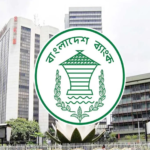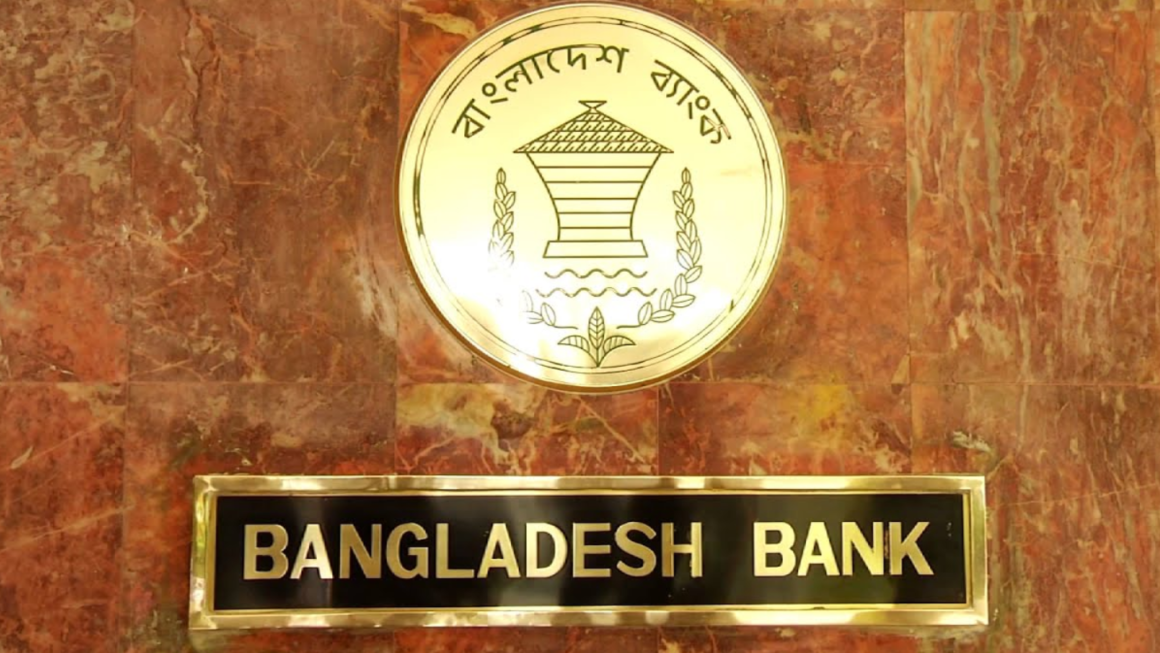Bangladesh Bank, often referred to as the “central bank” of Bangladesh, plays a pivotal role in the economic stability and growth of this South Asian nation. Established on December 16, 1971, just days after Bangladesh gained its independence, the institution has since become an integral part of the country’s financial infrastructure. This article will delve into the functions, history, and importance of Bangladesh Bank, showcasing its role as the guardian of the Taka.
Historical Perspective
Bangladesh Bank’s inception came at a critical juncture in the nation’s history. After a brutal war of independence that left the country in ruins, it was essential to establish a robust financial institution capable of managing the country’s fledgling economy. Initially known as the State Bank of Bangladesh, it was later renamed Bangladesh Bank in 1972.
Regulator and Supervisor
One of the central roles of Bangladesh Bank is to serve as the regulator and supervisor of the nation’s banking and financial sectors. The bank formulates and implements monetary policies, ensuring the stability of the national currency, the Bangladeshi Taka (BDT). It is entrusted with the task of controlling inflation and managing interest rates to facilitate a conducive environment for sustainable economic growth.
Furthermore, it supervises and regulates all banking institutions in the country, from the largest commercial banks to smaller financial institutions. This supervision is essential for maintaining the integrity of the financial system and protecting the interests of depositors and investors.
Currency Issuance and Management
As the sole issuer of Bangladeshi currency, Bangladesh Bank is responsible for the production and management of banknotes and coins. It works diligently to maintain the security and authenticity of the Taka to combat counterfeit currency and ensure its acceptance in the domestic and international markets.
Reserve Management
The bank manages the country’s foreign exchange reserves, ensuring that it has sufficient reserves to cover imports and stabilize the exchange rate. This reserve management is crucial for trade and investment, as it instills confidence in international partners and investors.
Financial Inclusion and Development
In line with the global trend, Bangladesh Bank has also played a pivotal role in promoting financial inclusion and development. It encourages and supports initiatives to bring banking services to unbanked and underbanked populations, allowing them to participate in the formal financial sector. This has a positive impact on economic growth and poverty reduction.
The Challenges Ahead
Despite its significant role in Bangladesh’s financial landscape, Bangladesh Bank is not without its challenges. The country has faced issues related to financial stability, financial crimes, and corruption. Addressing these concerns is a continuous effort for the central bank.
Moreover, Bangladesh Bank has to adapt to the changing dynamics of the global economy. It must keep pace with technological advancements, particularly in the financial sector, to ensure the nation’s financial system remains secure and efficient.
In the journey of Bangladesh’s economic development and stability, Bangladesh Bank stands as the guardian of the Taka. Its role in regulating the banking sector, managing currency, and fostering financial inclusion is pivotal in steering the country towards prosperity.
As Bangladesh continues to evolve and assert itself on the world stage, Bangladesh Bank will remain a cornerstone of the nation’s economic growth and development, ensuring that the Taka remains a symbol of strength and stability in this dynamic and vibrant country.











